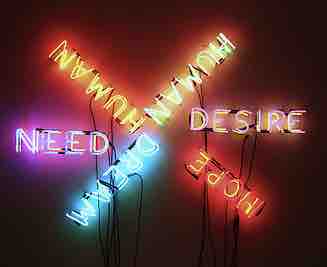Background
Process art is an artistic movement, and creative sentiment, where the end product is not the primary focus. The processes being alluded to are the processes of forming art: the gathering, sorting, collating, associating, patterning, and moreover the initiation of actions that need to be in place in order to make art. Process art is concerned with actual creation and how actions can be defined as art, seeing the expression of the artistic process as more significant than the art that is created by the process. Process art often focuses on motivation, intent, and the rationale, with art viewed as a creative journey or process rather than needing to lead to a traditional fine art object destination.
Process Art Movement
The process art movement began in the U.S. and Europe in the mid-1960s. It has roots in Performance Art, the Dada movement and, more traditionally, the drip paintings of Jackson Pollock. Change, transience, and embracing serendipity are themes in process art. The Guggenheim Museum states that Robert Morris in 1968 had a groundbreaking exhibition and essay defining the movement, with the museum's website stating: "Process artists were involved in issues attendant to the body, random occurrences, improvisation, and the liberating qualities of nontraditional materials such as wax, felt, and latex. Using these, they created eccentric forms in erratic or irregular arrangements produced by actions such as cutting, hanging, and dropping, or organic processes such as growth, condensation, freezing, or decomposition. "

Human Need/Desire/Hope/Dream (Bruce Nauman, 1983)
Like the live immediacy of performance art, process art is focused on the creative journey instead of a traditional fine art destination.
In process art, the ephemeral nature and insubstantiality of materials are often showcased and highlighted. Process art and environmental art are directly related: process artists engage the primacy of organic systems, using perishable, insubstantial, and transitory materials such as dead rabbits, steam, fat, ice, cereal, sawdust, and grass. The materials are often left exposed to natural forces like gravity, time, weather, or temperature in order to celebrate natural processes.
Process Art Precedents
Inspiring precedents for process art that are fundamentally related include: indigenous rites, shamanic and religious rituals, and also cultural forms such as sandpainting, sun dance, and tea ceremonies. For example, the construction process of a Vajrayana Buddhist sand mandala by monks from Namgyal Monastery in Ithaca, New York was recorded and exhibited online by the Ackland's Yager Gallery of Asian Art. The monks' creation of a Medicine Buddha mandala began February 26, 2001 and concluded March 21, 2001, and the dissolution of the mandala was on June 8, 2001, demonstrating that the process of creating the art was more important than preserving the finished product.